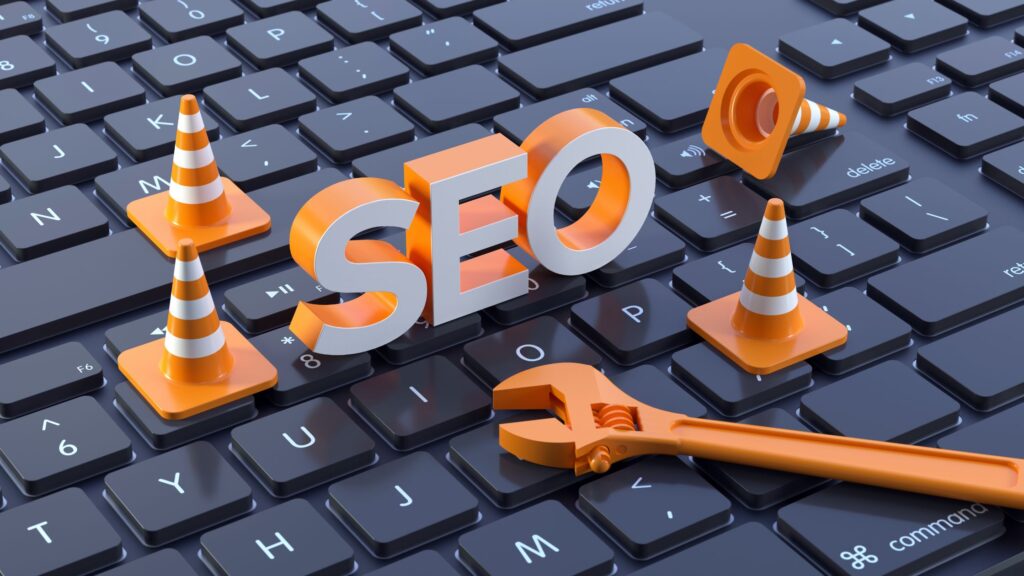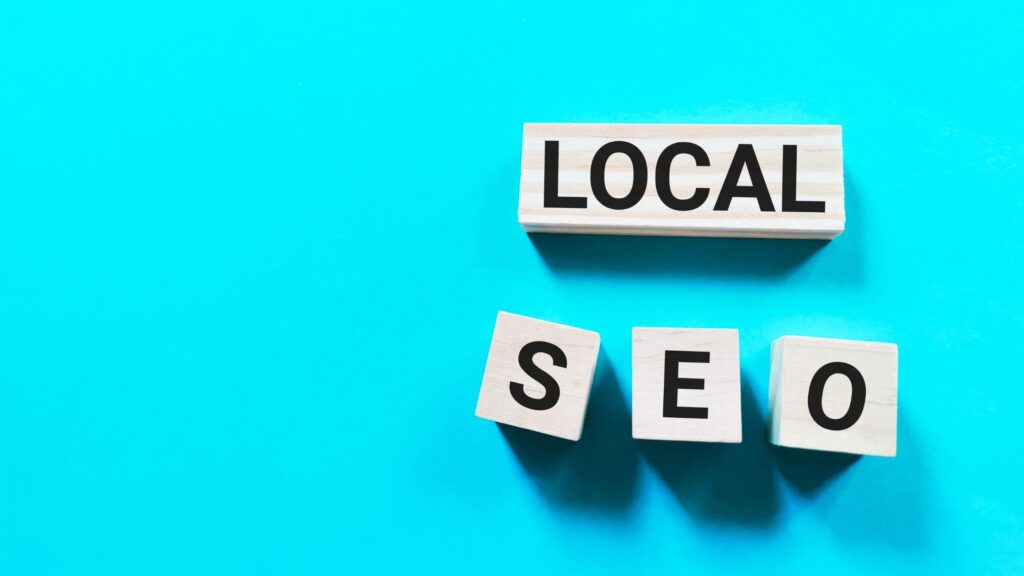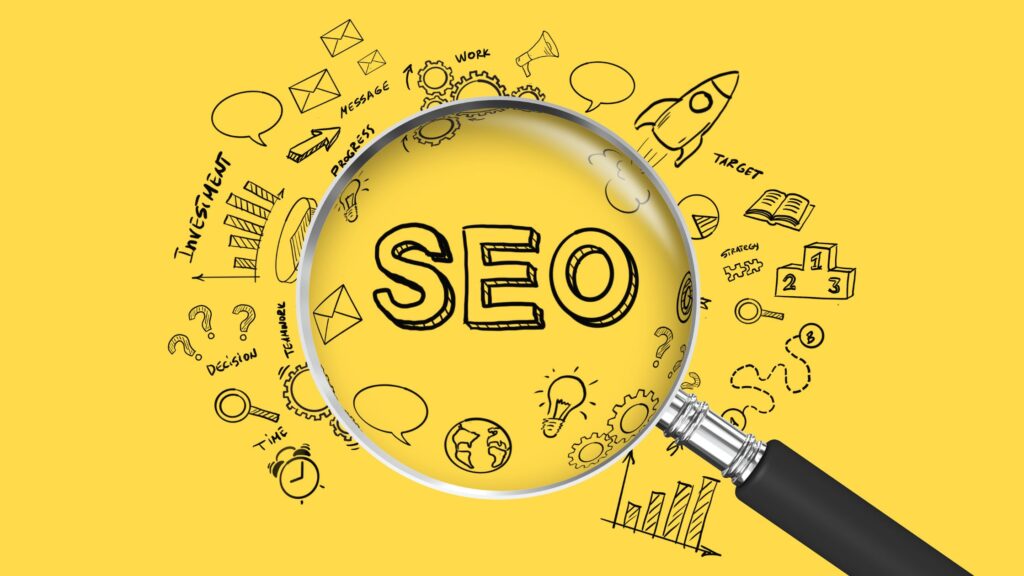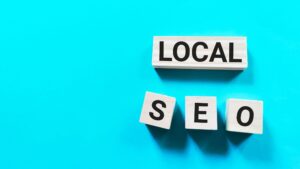In today’s competitive digital landscape, merely launching an online store does not guarantee success. You must ensure customers can actually find it. That’s where e‑commerce SEO services become indispensable. These services refine your site so that search engines—and real shoppers—prefer it over competitors.
When you invest in SEO in e‑commerce, you align your product pages, category structures, and content strategy with how people search. You improve visibility, drive targeted traffic, and boost conversions. Below, you’ll learn how to design, execute, and optimize an SEO strategy tailored to e‑commerce sites. Moreover, you’ll see how agencies like MongooseBlue, with their branding and digital strategy backbone, can supercharge your SEO implementation.

Why E-Commerce SEO Services Matter
E-commerce SEO is the process of optimizing an online store so it appears in relevant search results. Unlike traditional SEO, it’s more technical, more product-focused, and more conversion-driven. Here’s why it matters:
- Over 40% of online purchases begin with a Google search
- SEO drives long-term, organic growth—without recurring ad spend
- Optimized product pages bring in traffic from users ready to buy
- Better visibility leads to higher trust and more conversions
By weaving SEO into every stage—site architecture, content, technical setup—you prevent costly rework later.
Core Components of E‑Commerce SEO Services
To deliver meaningful results, any robust e‑commerce SEO offering should cover these key facets:
1. Technical SEO Audit & Fixes
First, you must ensure your site is crawlable, indexable, and fast. You audit:
- Site speed (mobile & desktop)
- Crawl errors and broken links
- XML sitemaps and robots.txt
- HTTPS / SSL implementation
- Duplicate content and canonical tags
- Structured data (schema for products, reviews)
- Pagination and faceted navigation
You fix issues so search engines can properly read and rank your site.
2. Keyword Research & Mapping
Here, you discover keywords that buyers actually use. Then you map each to:
- Category pages
- Product pages
- Blog/content pages
You avoid keyword cannibalization and ensure each page has a clear target. You also include long‑tail and intent keywords (e.g., “buy red running shoes online”) to capture varied user searches. Learn more about Marketing for Excavation Companies.
3. On‑Page & Content Optimization
You optimize title tags, meta descriptions, headings, and product descriptions. You integrate rich multimedia (images, videos) and internal links. You ensure content is unique, helpful, and persuasive. You maintain keyword density sensibly—avoiding stuffing—so the primary keyword appears naturally 2–3 times across relevant pages.
4. Content Strategy & Blogging
You create content (guides, tutorials, comparison posts) that supports product pages. This helps you attract long‑tail traffic and build topical authority. You interlink that content with product pages to strengthen internal link equity.
5. Link Building / Off‑Page SEO
You build authority by earning quality backlinks from blogs, press, niche publications, and influencers. You focus on relevancy (e.g., fashion blogs for apparel stores). You avoid spammy tactics; instead, you pitch guest articles, resources, and collaborations.
6. Conversion Rate & UX Alignment
You align SEO with conversion optimization. That means clear calls to action (CTAs), user‑friendly navigation, mobile responsiveness, and trust signals (reviews, badges). SEO drives the traffic; UX ensures that traffic converts.
7. Performance Monitoring & Iteration
You track analytics, monitor rankings, and measure KPIs (organic traffic, revenue, bounce rate). You iteratively refine your SEO efforts based on real data.

Quick Tips to Improve E-Commerce SEO
For better visibility, these essential best practices can give your site the SEO boost it needs:
- Use schema markup (Product, Review, Breadcrumb) to enhance SERP display
- Compress and tag images with alt text to speed up load times
- Add canonical tags to handle faceted navigation and avoid duplicate content
- Encourage user-generated content like reviews and Q&A for richer product pages
- Follow pagination best practices for category listings
- Keep URLs clean and descriptive for both users and search engines
- Regularly monitor and disavow toxic backlinks
- Build smart internal links from blogs to product pages
- Localize content with hreflang tags for international SEO
- Refresh outdated product pages with new keywords and content
Apply these to keep your store competitive and discoverable.
Mongoose Blue: Supporting Your E‑Commerce SEO Journey
While MongooseBlue currently focuses on branding, video content, and digital strategy for trade and home improvement clients, its foundation makes it well-positioned to integrate SEO capabilities. Here’s how a collaboration could unfold:
- Discovery & Strategy — MongooseBlue would learn your unique brand tone, audience, and offerings.
- SEO & Content Integration — They would craft an SEO plan tailored to your product lines, integrate it with your brand voice, and ensure content consistency.
- Technical Implementation — Their web team could handle site restructuring, schema markup, speed optimization, and SEO technical fixes.
- Video & Visuals Synergy — Because MongooseBlue already produces high-quality video and visuals, they can produce SEO‑friendly product videos, explainer clips, and visual assets that boost engagement and dwell time.
- Ongoing Monitoring & Support — They can provide performance reports, iterate on SEO tactics, and align new campaigns to reinforce SEO.
Partnering with a branding agency like MongooseBlue ensures your e-commerce SEO isn’t siloed—it’s woven into your brand’s story, visuals, and customer engagement.
Conclusion
Effective e‑commerce SEO services can transform your online store from hidden to front‑page ranking. When you integrate SEO in e‑commerce from the very start—through technical setup, content, and link building—you build sustainable traffic and conversions. A creative and strategy-driven partner like Mongoose Blue can weave SEO into your brand narrative, visual assets, and digital campaigns to maximize impact.

Frequently Asked Questions
Q1. How is e-commerce SEO different from regular SEO?
E-commerce SEO focuses on optimizing product and category pages, managing faceted navigation, and improving conversion-driven content. It’s more technical and commerce-specific than general SEO.
Q2. How long does it take to see results from e-commerce SEO services?
You can expect to see early improvements in 3 to 4 months, but strong rankings and ROI typically take 6 to 12 months, depending on competition and keyword difficulty.
Q3. Can SEO in e-commerce increase conversions or just traffic?
Absolutely. SEO brings high-intent users. With proper on-page optimization and CRO alignment, it significantly boosts conversions.
Q4. Is blogging necessary for e-commerce SEO?
Yes, content supports your SEO by targeting informational searches, improving site authority, and helping link product pages naturally.











